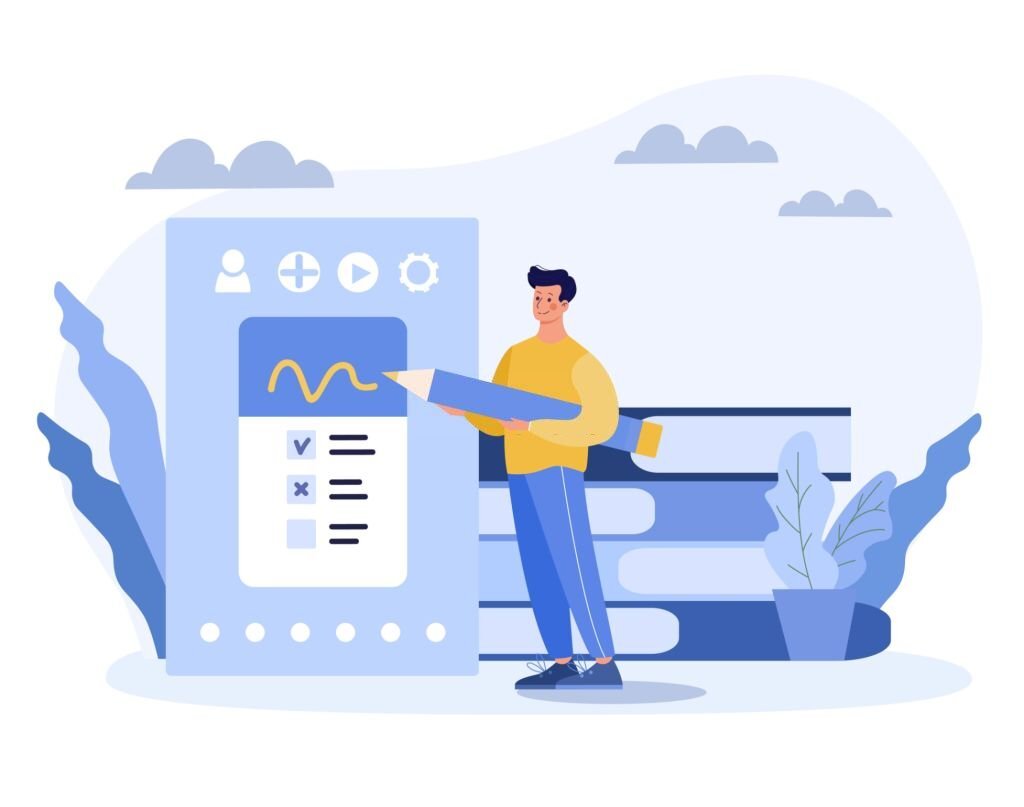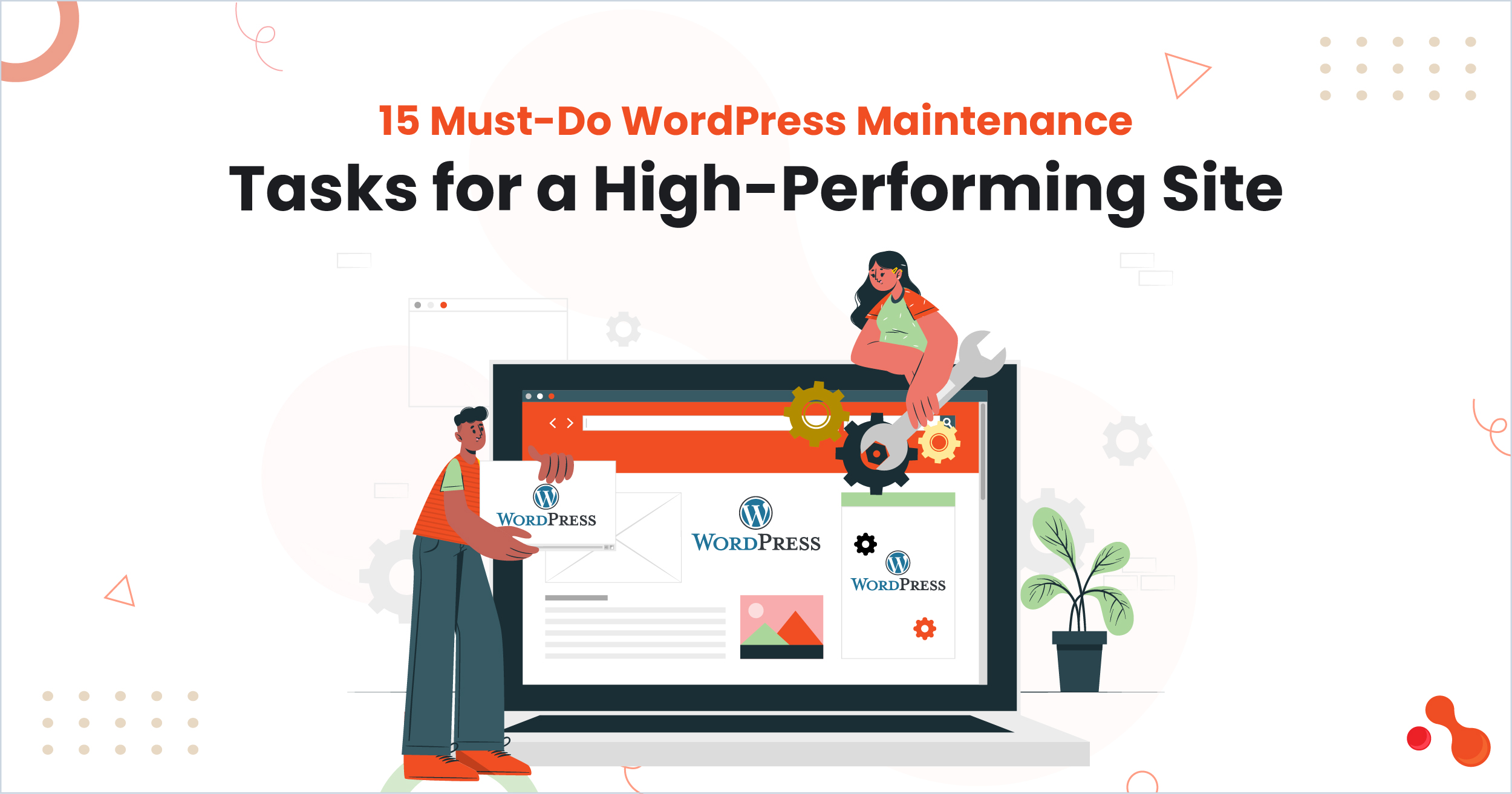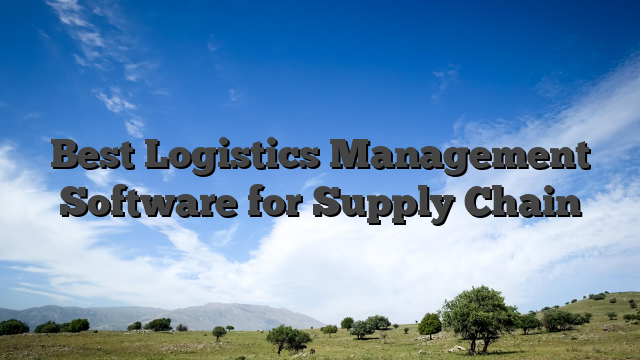In the ever-evolving digital landscape, where websites are the virtual storefronts of businesses, the importance of delivering the right content to the right audience cannot be overstated. Content mapping is a strategic approach that helps achieve this goal effectively. In this blog, we’ll explore what content mapping is, why it’s significant for websites, and how it can elevate your online presence.
Understanding Content Mapping
Content mapping is the process of aligning your website’s content with the needs, preferences, and behaviors of your target audience at different stages of their journey. It involves creating a visual representation or roadmap that outlines what type of content should be delivered to specific segments of your audience and when.
What Are They?
An method to design that is user-friendly is mapping your content. It understands that visitors need various types of information at various points along their trip, such as product photos, FAQs, or customer reviews. You may give your audience a more worthwhile and interesting experience by matching the content of your website with what they require.
For instance, the information on a landing page describes your company and directs visitors to pages like “Products” or “Services,” which are more geared toward conversion objectives. They discover the details they require to determine whether your service or product satisfies their wants.
Even if they decide not to buy anything, their experience offers suggestions for improvement. You can see where they left off with a map of contents, which aids designers and analysts in pinpointing areas for development.
Why is Content Mapping Significant?
- Personalization: In the age of personalization, generic content doesn’t cut it anymore. Content mapping enables you to tailor your messaging to different segments of your audience based on their interests, pain points, and stage in the buyer’s journey.
- Improved User Experience: A well-mapped website ensures that users find the content they’re looking for quickly and easily. This translates to a better user experience, reducing bounce rates and increasing engagement.
- Higher Conversions: By delivering relevant content, you can guide your visitors toward the desired action, whether it’s making a purchase, signing up for a newsletter, or downloading a resource. This targeted approach leads to higher conversion rates.
- Enhanced SEO: Search engines favor websites that provide valuable, relevant, and organized content. Content mapping helps you structure your content around target keywords and user intent, improving your search engine rankings.
- Brand Authority: When your website consistently delivers valuable content that addresses your audience’s needs, it establishes your brand as an authority in your industry. This builds trust and credibility.
- Content Efficiency: Content mapping helps you identify gaps in your content strategy and avoid redundancy. It ensures that every piece of content serves a specific purpose in guiding the visitor along their journey.
The Content Mapping Process
Audience Segmentation: Begin by identifying and segmenting your audience into distinct personas. Understand their pain points, goals, preferences, and behaviors.
When developing a website content map, there are two main approaches you can take.
- Direct contact with prospective clients
To learn more about people’s interest in or indifference in your product, conduct polls and surveys on social media sites like Instagram and LinkedIn or use survey tools like SurveyMonkey. If you have one, using your email list might be extremely helpful at this point. - Competitor Research
If direct outreach is not possible, research your competitors to learn about their techniques, website features, social media efforts, and more. Similar personas to individuals you’re trying to engage are frequently targeted by companies with similar items.
Journey Mapping: Map out the typical customer journey, including awareness, consideration, and decision stages. Determine the type of content that resonates at each stage.
Content Creation: Develop content tailored to each persona and stage in the journey. This could include blog posts, videos, eBooks, case studies, and more.
Distribution Strategy: Decide where and how you’ll distribute your content. This could involve email marketing, social media, SEO optimization, or paid advertising.
Feedback and Analysis: Continuously monitor the performance of your content. Gather feedback, analyze metrics, and adjust your content mapping strategy accordingly.
Read More – SEO Company in Singapore
Content Mapping in Action
Let’s illustrate the significance of content mapping with an example:
Imagine you run an e-commerce website that sells outdoor gear. You have identified two main personas: “Adventure Enthusiasts” and “Novice Campers.”
For the “Adventure Enthusiasts” persona in the awareness stage, your content mapping might involve blog posts on “Top 10 Must-Have Adventure Gear.” In the consideration stage, you could provide videos reviewing specific gear items. Finally, in the decision stage, you might offer detailed product descriptions and customer reviews.
For the “Novice Campers” persona, you would tailor content to address their unique needs and interests, such as “Camping 101” guides and “Budget-Friendly Camping Gear” recommendations.
This approach ensures that visitors find content that speaks directly to their interests and needs, increasing the likelihood of conversion.
Tips for Effective Content Mapping
- Regularly Update Your Personas: Consumer behaviors change over time. Regularly review and update your audience personas to ensure they remain accurate.
- A/B Testing: Experiment with different content formats and messaging to see what resonates best with your audience. A/B testing helps refine your content mapping strategy.
- Leverage Analytics: Use website analytics and user behavior data to identify content gaps and areas for improvement. Tools like Google Analytics can provide valuable insights.
- Collaboration: Content mapping often requires collaboration between marketing, sales, and customer support teams. Ensure everyone is aligned on the content strategy.
- Educate Your Team: Ensure that your content creators and marketers understand the principles of content mapping and its significance. This empowers them to produce effective content.
Improve Your Website’s Content Map With Bthrust Digital Marketing Company
Bthrust Digital Marketing Agency Singapore combines expertise, data-driven insights, and a commitment to excellence to elevate your website’s content map. By partnering with them, you’ll unlock the full potential of content marketing, drive engagement, and achieve your business objectives. Don’t leave your content strategy to chance; trust Bthrust to map out your path to digital success.
Conclusion
Content mapping is not just a buzzword; it’s a strategic approach that can transform your website into a powerful tool for engaging and converting your audience. By understanding your audience’s journey, segmenting personas, and delivering tailored content, you can create a seamless and personalized user experience that drives conversions and builds brand loyalty. In today’s digital landscape, where the battle for attention is fierce, content mapping is your secret weapon to stand out and succeed.




